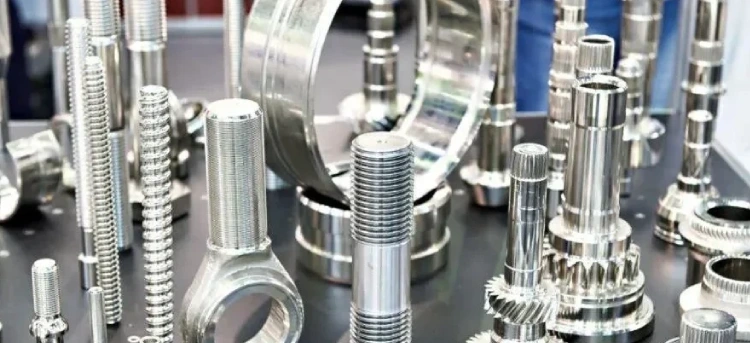The magic behind stainless steel’s corrosion resistance lies in its passive layer—a microscopically thin film of chromium oxide (Cr₂O₃). This layer forms naturally when the steel is exposed to oxygen. However, in critical environments like pharmaceutical and food industries, this passive film must be enhanced using chemical treatments.

07
AugThe Science Behind Chromium Oxide Layers: How Passivation Protects SS Pipes
Passivation is the chemical process that removes free iron and fosters the regeneration of the chromium oxide layer. In applications involving Cleaning and Passivation in Pharma, this step is essential to prevent rouging—a reddish discoloration caused by iron oxidation that can lead to contamination.
Modern Derouging solutions and services often employ citric-based passivation agents such as Citrisurf 3050 to stimulate this oxide regeneration without harming the base metal. Compared to nitric acid, citric formulations are safer and align with USFDA and NSF standards.
In Cleaning and Passivation in Food, where hygiene and non-toxicity are priorities, the chromium oxide barrier is vital in resisting frequent cleaning chemicals and acidic products. Any breakdown of this layer invites microbial growth, corrosion, and structural degradation.
Thus, understanding the science behind Derouging and Passivation not only clarifies its importance but also reinforces its role in maintaining long-term asset integrity.

